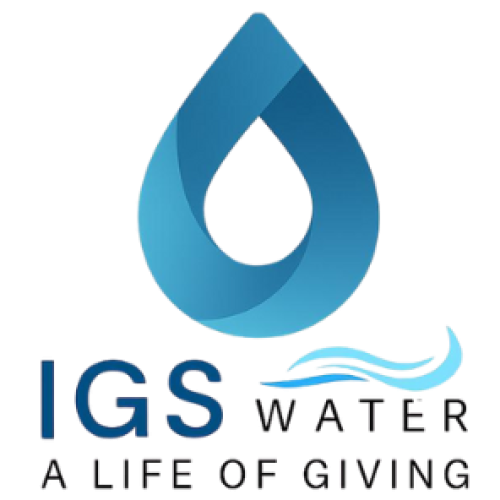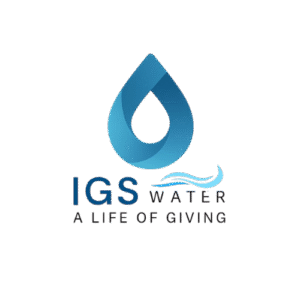Water is often called the lifeblood of agriculture—but what happens when the quality of that water is poor? Many farmers and agribusinesses focus heavily on irrigation volume and timing, but overlook the quality of water they’re applying to their crops. This hidden factor can quietly eat into yields, damage equipment, and stress plants long before problems become visible.
Here’s why poor water quality is costing more than you think.
1. 🌱 Plant Stress You Can’t See (At First)
Even if your water looks clean, it may contain dissolved salts, heavy metals, pathogens, or excess nutrients that stress your crops over time. This leads to:
- Reduced nutrient uptake
- Stunted growth
- Increased susceptibility to disease and pests
High levels of sodium or bicarbonates, for example, can alter soil structure and reduce permeability—making it harder for roots to access water and nutrients even when the field is irrigated properly.
2. 📉 Lower Yields, Higher Costs
Poor water quality affects more than plant health—it hits your bottom line.
- Lower yields: Even a 5–10% reduction per hectare adds up over an entire season.
- More fertilizers and pesticides: Farmers often try to “fix” poor plant performance by increasing chemical inputs, raising costs and environmental risks.
- Delayed harvest: Poorly irrigated crops can take longer to reach maturity, affecting market timing.
3. 🔧 Equipment Damage and Maintenance Issues
Sediments, algae, and mineral buildup caused by untreated or poorly treated water can quickly clog:
- Drip irrigation lines
- Nozzles
- Filters and valves
This results in:
- Uneven water distribution
- Increased labor for cleaning
- Shortened equipment lifespan
Even high-efficiency irrigation systems lose their value if the water damages them from the inside out.
💡 What Can Be Done?
To avoid these hidden costs, proactive water management is key:
- Test your water regularly – Know what you’re working with (TDS, pH, hardness, pathogens).
- Treat water before it reaches your fields – Options include filtration, UV treatment, ozone, or advanced solutions like Nanobubble (NB) generators, which improve oxygen levels, reduce pathogens, and enhance overall water quality naturally.
- Monitor irrigation equipment – Check for blockages, leaks, and uneven pressure zones to maintain uniform water distribution.
Investing in better water quality is not a luxury—it’s protection for your crops, your land, and your profitability. Using NB generators can be a game-changer, boosting water health and crop performance sustainably and efficiently.

